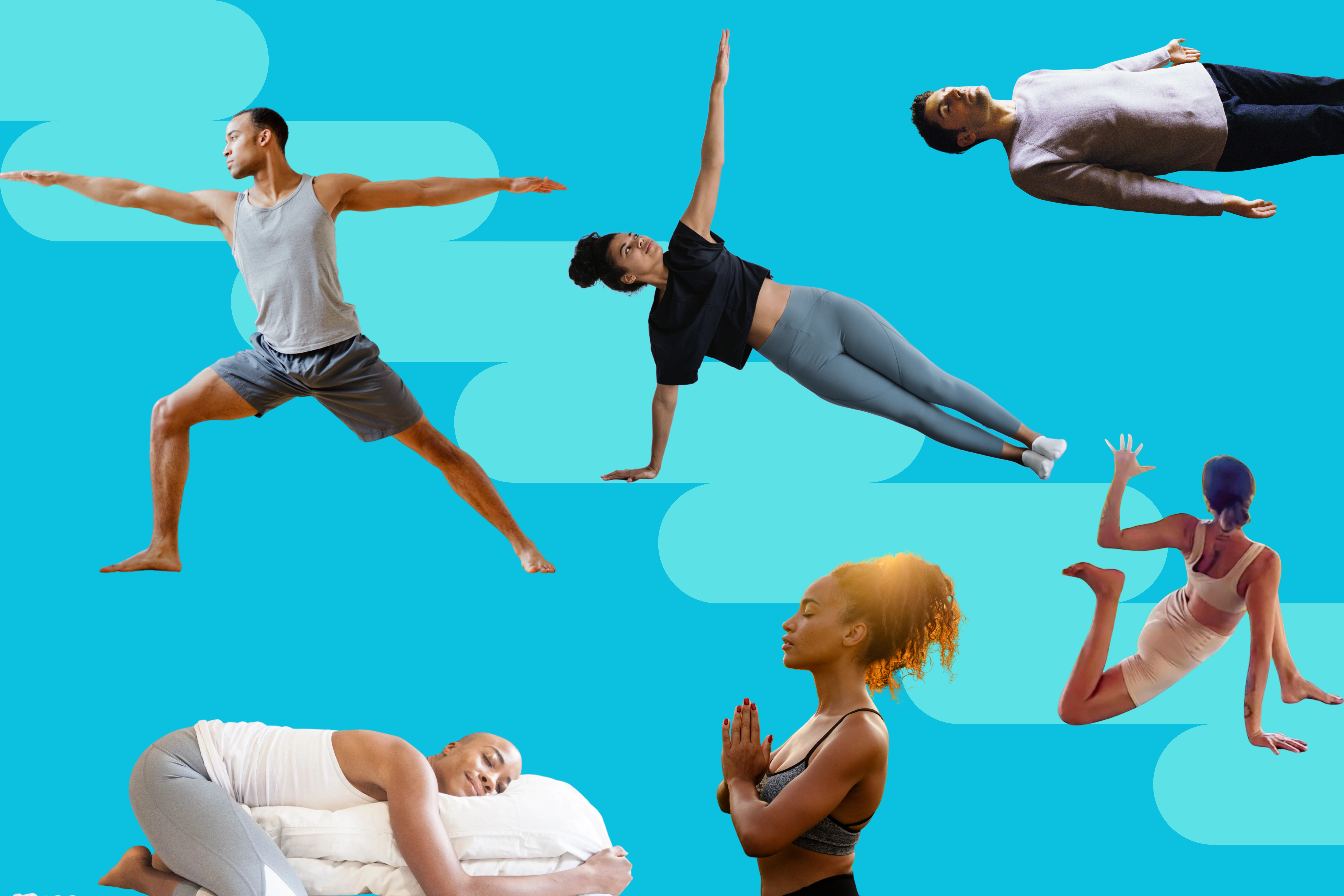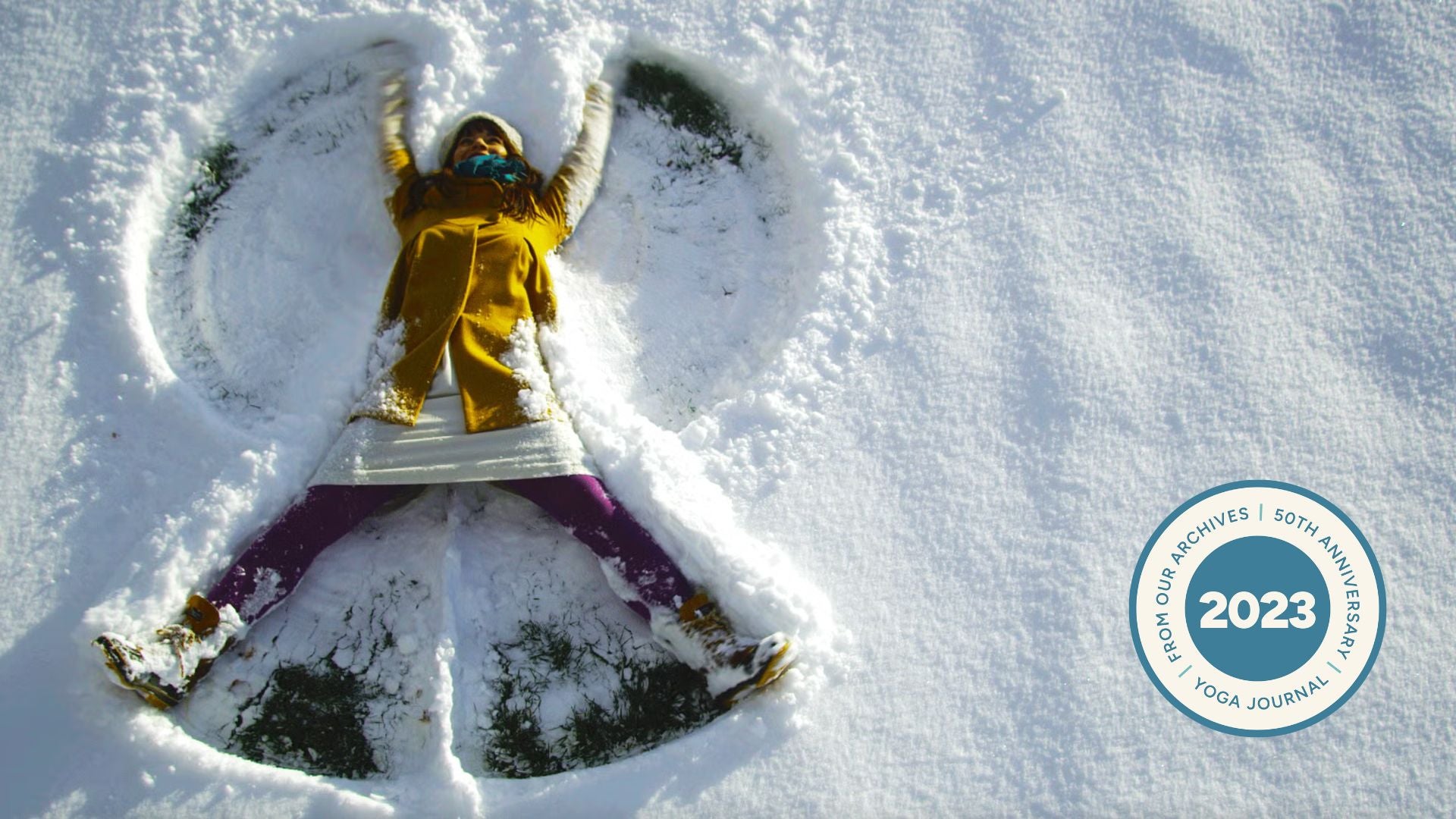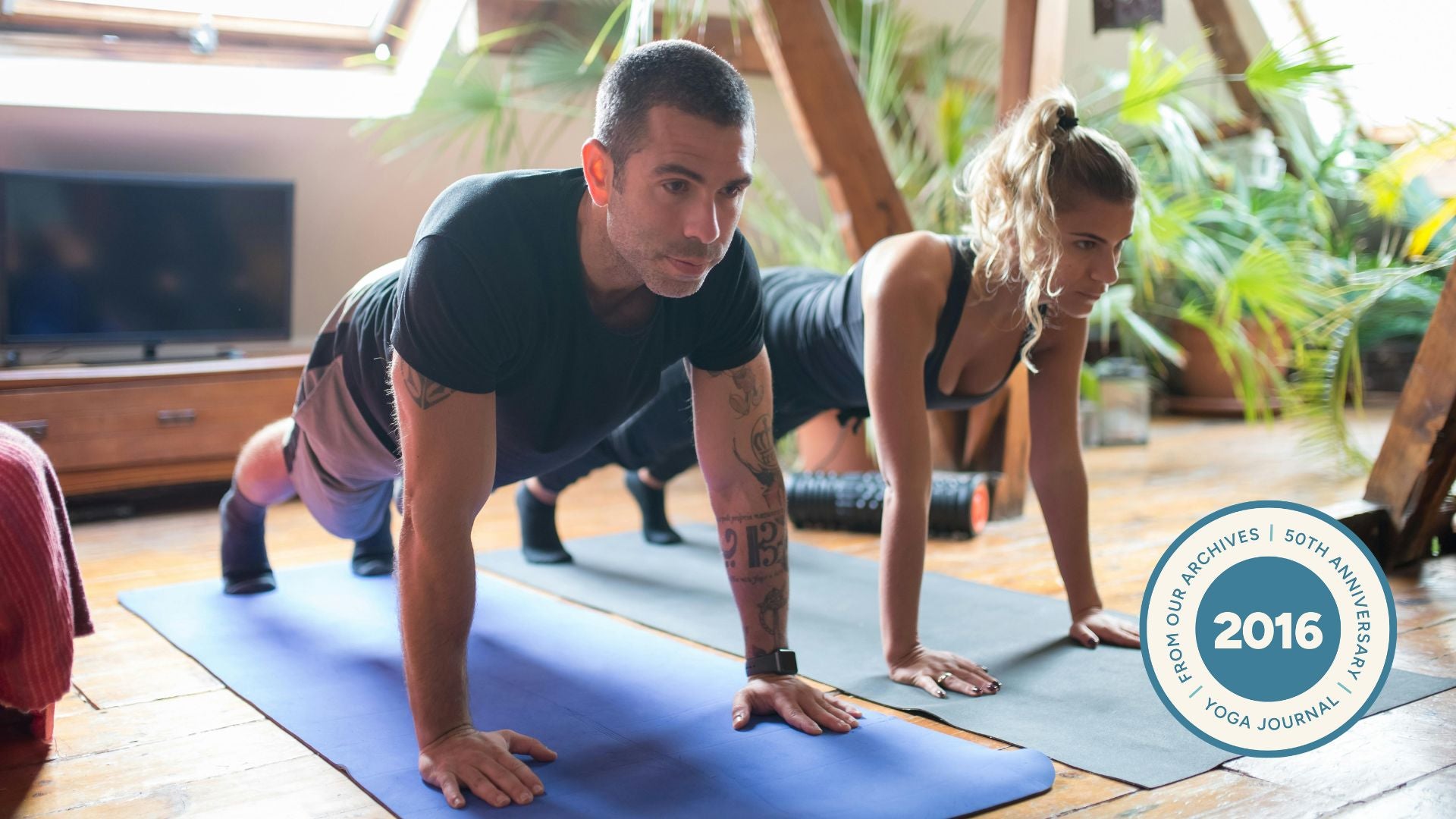“], “filter”: { “nextExceptions”: “img, blockquote, div”, “nextContainsExceptions”: “img, blockquote, a.btn, a.o-button”} }”>
Heading out the door? Read this article on the new Outside+ app available now on iOS devices for members!
>”,”name”:”in-content-cta”,”type”:”link”}}”>Download the app.
There’s a lot you can learn about yoga just by paying attention to Sanskrit.
For example, Parsva Bakasana doesn’t mean Revolved Crow. It means Side Crow. That might seem like a small difference, but it says a lot about how this pose works—and how we should approach preparing for it. The pose isn’t a deep spinal twist you muscle your way into through effort alone. It’s a lateral shift, one that relies just as much on length as it does on strength.
The word parsva points to the side body—specifically the line from outer hip to armpit. And in my experience, if you don’t have space in that line, the twist in this pose doesn’t happen. That’s why the focus of this class is simple but powerful—you want to lengthen the side body before you rotate. You give yourself space first—then you move.
That’s the method in the following practice that takes you into Side Crow—introduce the essential actions early in simple postures, then gradually build until Parsva Bakasana becomes not just accessible but inevitable.
A Sequence to Come Into Side Crow
The following class revolves around two key teaching actions:
- Lengthening the side body
Creating space from outer hip to armpit - Twisting and rotating the spine
Combining twisting with deep knee flexion helps the upper arm cross the opposite thigh
These actions are repeated, in progressively more complex forms, throughout the sequence below. The goal is to build pattern recognition in the body so that by the time we reach the peak pose, students aren’t encountering anything new—they’re simply linking together what they already know.
Key Poses to Prep for Parsva Bakasana
Warm-Up Poses
Easy Seat with Lateral Stretch and Rotation | Sukhasana Side Bend + Twist
We start seated, grounding through the sit bones while opening the side waist. From Easy Seat, side bend first—reaching long from the hip through the fingertips—and then transition into a twist. This reinforces the principle of length before rotation, the thread that ties the entire class together.
Child’s Pose | Balasana
To reinforce the importance of lengthening the side body, we actively lengthen the arms forward and breathe into the ribs in Child’s Pose. It’s an invitation to explore the space between the hips and armpits before any effort begins.
Low Lunge Twist | Anjaneyasana with a Twist
Now we introduce weight-bearing. We focus on a deep bend in the front knee and a lift through the top arm in Low Lunge, feeling both the rotation and the diagonal stretch through the side waist.
Standing Poses
Peaceful or Reverse Warrior | Viparita Virabhadrasana
This first standing pose in the sequence focuses on side body extension—the front knee bends deep while the top arm reaches high and back. We use the extended arm in Peaceful or Reverse Warrior to create space from the hip to the fingertips—a moment of expansion that is necessary for the rotation coming later in the sequence.
Extended Side Angle | Utthita Parsvakonasana
Another pose with the Sanskrit word “Parsva” or “side” is Parsvakonasana or Extended Side Angle. The Sanskrit name suggests that this standing pose creates space for the side waist as the top arm reaches alongside the ear.
Wide-Legged Standing Forward Fold | Prasarita Padottanasana
In this version of Wide-Legged Standing Forward Fold, we extend the arms fully forward as if in Downward-Facing Dog. The benefit is that the abdomen, spine, and side body get maximum length and extension.
Gate Pose | Parighasana
Although often used as a gentle warm up, Gate Pose is a challenging side bend that introduces a gentle rotation in the torso. Sticking with the key actions that will be used to work on Parsva Bakasana, I introduce a side bend before the turning of the torso.
Twist and Seated Poses
Revolved Side Angle | Parivrtta Parsvakonasana
Now we bring it all together. A deep bend in the front knee lowers the torso enough for the opposite elbow to cross the body in Revolved Side Angle. We lengthen through the back heel, extend through the side waist, and then revolve. Everything we’ve practiced builds to this.
Half Lord of the Fishes | Ardha Matsyendrasana
This seated spinal twist focuses on some of the same elements as Revolved Side Angle but in a more compact shape since it is a seated pose. I cue length through the spine on the inhale and rotation on the exhale in Half Lord of the Fishes. It’s the last step before the peak pose.

Peak Pose
Side Crow | Parsva Bakasana
We arrive.
From a Squat or Malasana shape, we lift and lengthen the side body, hook the elbow across the opposite thigh, and plant the hands. I focus on the classic version of Side Crow from Light On Yoga with one supporting arm and one arm free and clear. We lift the side waist and shift forward—time to take flight. We’ve practiced each of these actions already—now we combine.
I usually tell students, “You’ve already practiced every part of this—now let’s put it together.” We’re not guessing. We’re remembering.
Maybe you don’t take flight. Simply find the shape.
Wind-Down Poses
Supported Fish Pose | Matsyasana with a Block
A heart-opening rebound. After all the effort and compression, the shape of Supported Fish Pose invites the breath to expand again.
Upward Bow | Urdhva Dhanurasana (Optional)
For those who still have energy, this bigger backbend reintroduces space. It’s not essential, but Upward Bow offers a sense of openness after all the compact work of the peak.
Savasana
Here’s the real peak pose. No effort. No lifting. Just being.
Final Thoughts After Your Side Crow
Parsva Bakasana is one of those poses that doesn’t respond to brute force. You can’t rush into it. But if you layer the actions—build length, bend deeply, rotate with precision—the shape starts to rise naturally.







